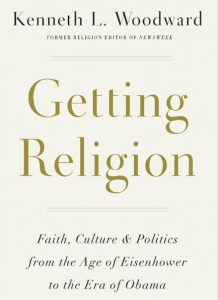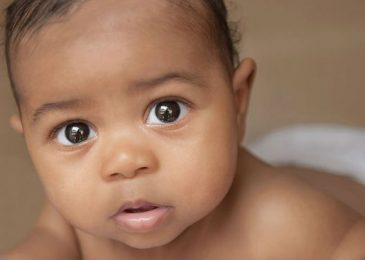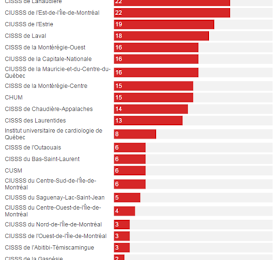 In one of the best reads of the last few months, Kenneth Woodward, Getting Religion: Faith, Culture, and Politics from the Age of Eisenhower to the Era of Obama, opens with some insights into what he calls “embedded religion.”
In one of the best reads of the last few months, Kenneth Woodward, Getting Religion: Faith, Culture, and Politics from the Age of Eisenhower to the Era of Obama, opens with some insights into what he calls “embedded religion.”
Many of the younger leaders in our churches today don’t know the story of the older leaders, and I don’t know a better book to “catch them up” than Woodward’s romp through the last sixty years or so. Extraordinary prose is accentuated by Woodward’s presence in all the major events. As the Religion writer for Newsweek for four decades he interviewed all the important people — from popes to Billy Graham to Hillary Clinton — and had a front row seat as well. So, if you are a bit clueless when someone older than you gets animated and tells some story about “that happened long ago and we got over it,” this might be your ticket to understanding.
Among other topics, he examines with some expertise the civil rights movement, the antiwar movement, the women’s movement, liberation theology and the evangelical-Pentecostal movement.
One more advantage of this book for me: Woodward is a moderately conservative Roman Catholic, so this is not a history of the evangelical church in the 20th Century with yet one more chat about fundamentalism, neo-evangelicalism, inerrancy, dispensationalism and Jerry Falwell, who by the way gets his nose rubbed in the dirt a bit in this book. No, this is an expansive study of religion in America in the last sixty years.
In other words, religion cannot be separated from region. And neither can it be separated from ethnicity. … religion “goes with the territory.”
For me, the map [of religions in America] was a visual reminder that religion in America has never been just a matter of personal choice. It has also been about community and connection—to places, to people, and to what religiously convicted Americans have made of the places where they chose to live. Which is to say that religion, as a way of belonging as well of believing and behaving, is always embedded.” 12
When he came of age the fundamental diversity in the USA was marked by religion. Churches claimed to be the one true and faithful church. (I remember those days.) Today’s younger generation doesn’t know this battle and, in some ways sadly, thinks all churches are basically the same — churches that have warred for centuries are for some more or less the same.
Thus, religion was deeply embedded in your location and territory. Why?
On the contrary, as political scientist Robert Putnam has recently argued, the freedom and sense of security that postwar children enjoyed was based on solid social realities: broad family stability, shared middle-class values, strong neighborhoods and community institutions (for blacks as well as whites), a relatively high degree of economic equality, a strong job market, and upward social mobility. And religion weighed heavily in the mix. 20
Listen to this one: “by the late Fifties half of all American Catholic kids attended parochial schools” (21). I wonder what the percentage is today. (Anyone out there know?) His Catholic embeddedness provided for him a “parallel culture.” (Not far from the “alternative community” idea of anabaptists today.)
One of his beefs is with how conformist many think the Fifties were; he was there and he says that’s not accurate. It is sociological theories that made the Fifties conformist while the reality was otherwise. In the years 1946 to 1956 women had on average 3.8 babies (43). But it was a religious culture …
As President Eisenhower famously put it, “Our government makes no sense unless it is founded in a deeply felt religious faith—and I don’t care what it is” (45).
He examines Herberg’s famous Protestant, Catholic, Jew, to show that a broad civic religion developed in the USA and that helps explain the rise in church attendance (and religious participation on general). Woodward thinks it was largely an instrumental approach to religion, a kind of Erastian support of the culture and state. The growth of suburbs led to less interest in denominational religion and less embeddedness in one’s faith.
His magazine, Newsweek, chose to cover religion and it flourished beyond expectations. Here he approaches the era through the lens of his Catholicism and covers the topics that mattered to Catholics. A telling insight into change in the air in the RCC:
Buckley’s National Review, a magazine produced mostly by Catholics, had responded to the church reforms with a question on its cover: “What, in the name of God, is going on in the Catholic Church?” Good question. Defecting priests and secularizing colleges did not affect me directly, but the new liturgy did. In place of my much-loved Latin hymns and chants, the new liturgists bade us sing old Reformation anthems like Martin Luther’s “A Mighty Fortress Is Our God.” I could not bring myself to join in when the chosen hymn was “Amazing Grace”—in fact, I still refuse to do so. It’s a lovely piece, all about getting one’s self individually saved, Evangelical-style, but theologically it has no place in the corporate worship of the Catholic Church. 84
News to me, at least more penetrating than I knew, was the birth control issue in the RCC. Pope Paul VI’s famous (or infamous) Humanae Vitae, which locked down on birth control ripped through the Catholic Church in the USA and turned many either away or into less-than-obedient Catholics. His words:
The negative reaction to the encyclical was so powerful, by clergy as well as laity, that it produced a far-reaching crisis more damaging to the church than even the child-abuse scandal that erupted twenty years later. 85 [I found that one hard to believe.]
I gained a new appreciation for both the importance of the media on covering religion as well as the different angle a Catholic approach to the church in the 20th Century brings. Plus, a very pleasurable read.





